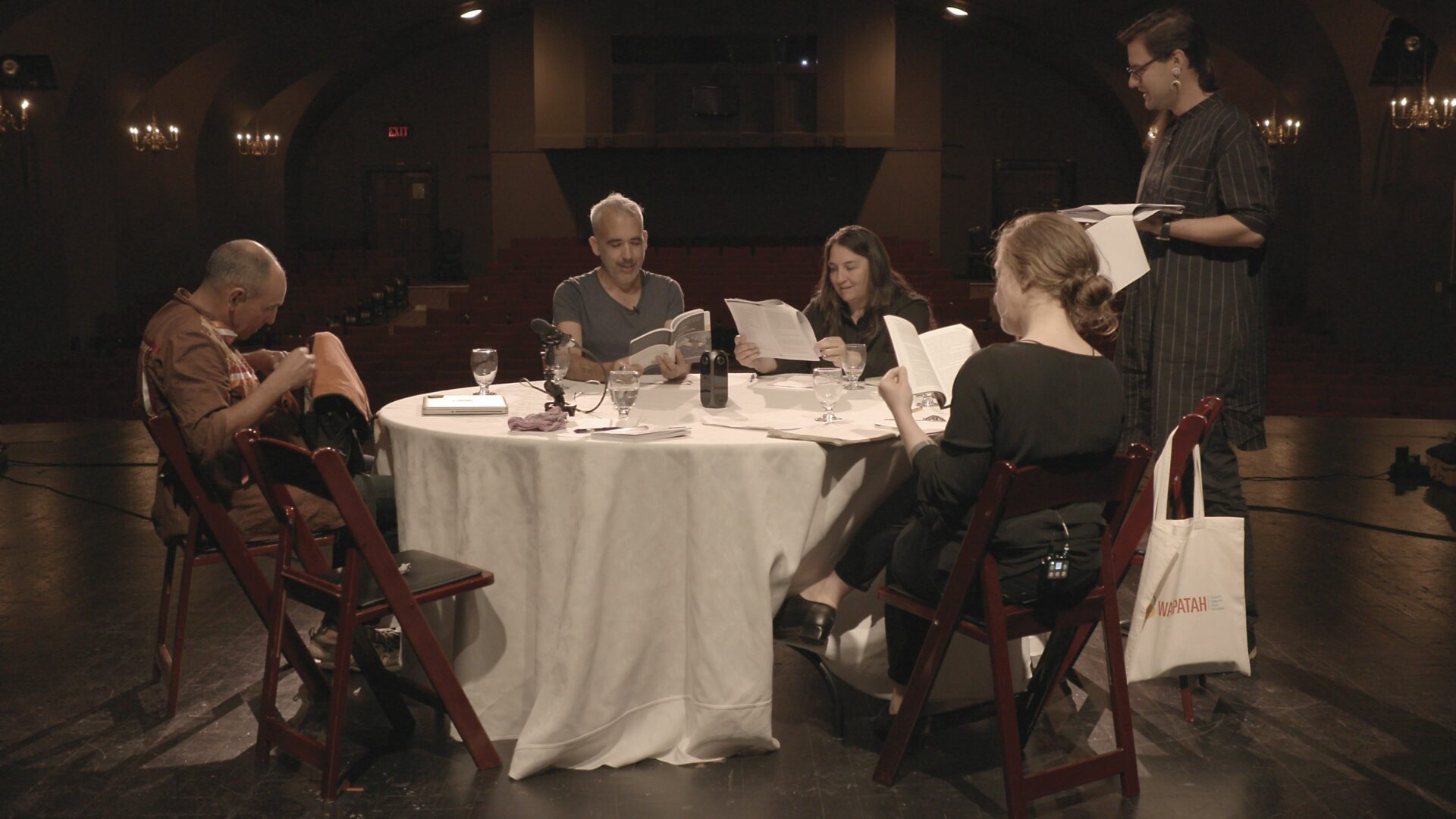Laure Prouvost
We would be floating away from the dirty past

Photo : Jens Weber
Upon entering Haus der Kunst, one is confronted by a vast trapezoidal form that emerges from the marble floor of the grandiose Middle Hall. The floor has been peeled off the ground and lifted upward, or so it seems. Closer inspection reveals the secret of this architectural enigma as the floor yields to the wrinkles of fabric: the lifted floor is in fact a carpet printed to the likeness of its marble patterning, propped upward to form a tent-like structure.
The doubling gesture of this architectural performance, in which the museum’s ground is at once physically and symbolically uprooted and supplanted, is the first of Laure Prouvost’s many playful contestations in her immersive installation We would be floating away from the dirty past, on view at Haus der Kunst, Munich. Through a genre-defying assemblage of architecture, sculpture, and video, Prouvost challenges the sedimentation of history within art institutions. Floating away from the dirty past — Provoust’s eponymous task for us viewers — calls for reimagining the future of the museum, paradoxically, through an immersion into its history.
Create your free profile or log in now to read the full text!
My Account



